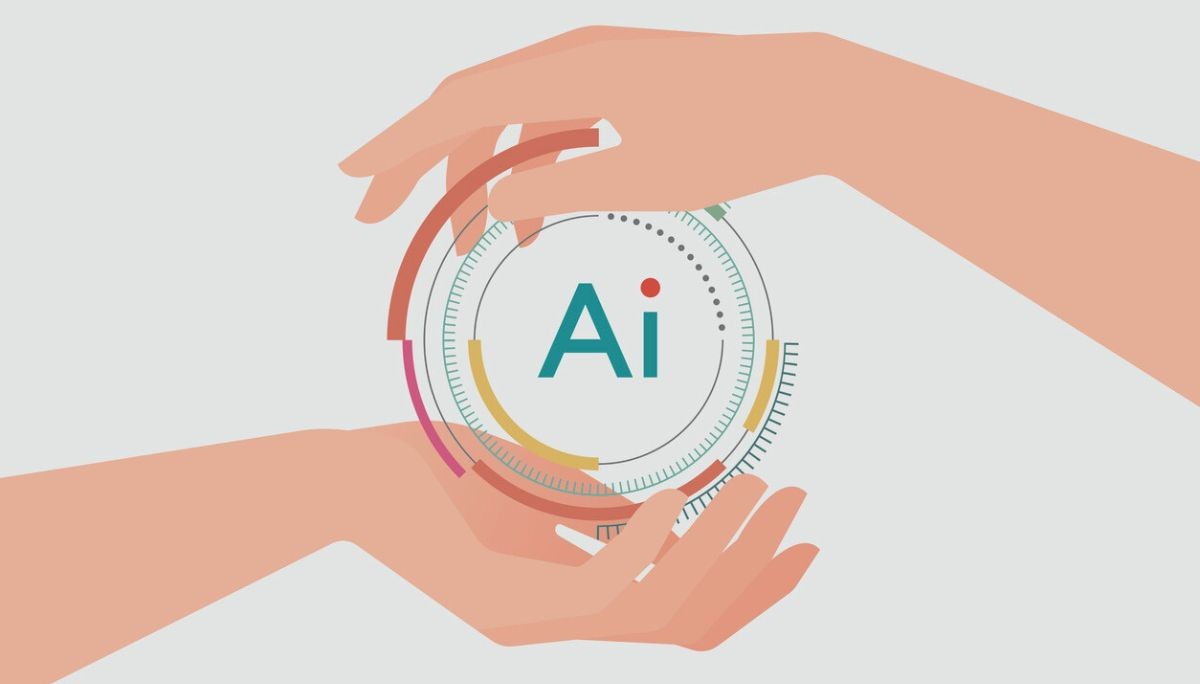Everything You Need to Know About Software Stacks
By
Liz Fujiwara
•
Aug 28, 2025
A software stack is a combination of software components that work together to run applications efficiently. Understanding the different layers and components of a software stack is essential for developers, IT professionals, and tech enthusiasts who want to build reliable and high-performing software. In this article, we explore what a software stack is, break down its essential components, and highlight some of the leading software stacks in 2025. Whether you are building web applications, mobile apps, or enterprise software, knowing how software stacks function is key to making informed technology choices and optimizing development workflows.
Key Takeaways
A software stack consists of essential components, including operating systems, databases, application frameworks, and middleware, all working together to ensure application efficiency.
Popular software stacks for 2025 include LAMP, MEAN, and MERN, each offering distinct advantages for different development needs, depending on project complexity and scalability.
Selecting the appropriate technology stack is critical and is influenced by factors such as team expertise, project size, scalability requirements, and cost considerations.
What is a Software Stack?

A software stack is a carefully curated combination of software components that work together to run an application effectively. At its core, a software stack includes an operating system that manages hardware resources and server software that handles requests and responses between clients and servers. These components are essential for the software development process, ensuring applications run smoothly and efficiently.
Typically, a software stack also includes databases, programming languages, and application frameworks, all of which are crucial for development. These components are arranged hierarchically, with lower-level components interacting directly with hardware, while higher-level components perform user-specific tasks. This structure ensures that each layer of the stack operates efficiently, delivering robust application services to the end-user.
Middleware plays a significant role in this ecosystem by acting as a bridge between the server and the database or between different applications, facilitating seamless communication and enhancing overall functionality. Understanding the composition and interaction of these components is fundamental for anyone involved in software development, as it lays the groundwork for building and maintaining effective software systems.
Key Components of a Software Stack

A software stack comprises several key components, each playing a pivotal role in the software development process. At the base of the stack is the operating system, which manages hardware resources and provides a stable environment for running applications. Common operating systems include Linux and Windows, while macOS is also widely used.
On top of the operating system, runtime environments and databases are crucial. Runtime environments provide the infrastructure needed to execute application code in production, while databases store critical application data such as user profiles and product information. Popular databases include MySQL, PostgreSQL, and MongoDB, each offering features suited to different types of applications.
Application frameworks and backend technologies form the upper layers of the stack. Frameworks like Spring and Ruby on Rails streamline development by providing pre-built components and tools. Backend technologies, including programming languages such as Python and C++, along with web servers like Apache and Nginx, handle server-side logic and ensure applications are fast and responsive.
Understanding these components and how they interact is crucial for building robust, scalable web applications through rapid application development.
Frontend vs Backend Software Stacks
In software development, frontend and backend stacks play distinct yet complementary roles. Frontend development focuses on creating user interfaces and ensuring smooth user interactions. This involves using various software components to manage user-facing elements, making applications visually appealing and easy to use.
In contrast, backend development focuses on the server-side, handling data processing, business logic, and server management. Backend developers manage complex calculations and data transactions to ensure efficient application performance.
Together, these roles form a full technology stack, enabling the development of comprehensive web applications that deliver seamless user experiences.
Frontend Technologies
Frontend technologies are essential for creating engaging and interactive user interfaces. The client-side component of a software stack typically includes HTML, CSS, and JavaScript. HTML provides the structure of web pages, defining elements such as headings, paragraphs, and images. CSS manages the visual presentation, allowing developers to style these elements with colors, fonts, and layouts.
JavaScript adds interactivity, enabling dynamic content updates and user interactions without reloading the entire page. Together, these technologies create a complete user interface experience, making applications responsive and visually appealing. Frontend developers use these tools to build complex websites that combine functionality with advanced features and strong visual design.
Backend Technologies
Backend technologies form the backbone of web applications, managing server-side logic and data processing. This includes server-side programming languages and frameworks that handle business logic and data transactions. Web servers, such as Apache and Nginx, play a crucial role in processing requests and delivering web pages to users.
Database management systems are also essential for storing and retrieving application data, ensuring that user information is securely managed and efficiently accessed. Integrating these backend technologies enables developers to build robust and scalable applications that perform reliably under varying loads and conditions.
Popular Software Stacks in 2025

As we enter 2025, certain software stacks have become industry standards due to their efficiency and adaptability. The LAMP stack, known for its simplicity and low cost, remains a popular choice for small to medium-sized web projects. Its components work seamlessly together, making it a reliable solution for a variety of web applications:
Linux
Apache
MySQL
PHP
The MEAN stack, which includes MongoDB, Express.js, AngularJS, and Node.js, provides a full-stack JavaScript solution that enhances user engagement and streamlines development. Similarly, the MERN stack, consisting of MongoDB, Express.js, React, and Node.js, is favored for creating dynamic and scalable web applications.
Understanding these popular tech stacks and their components helps developers select the right technology for their specific project needs.
LAMP Stack
The LAMP stack is a reliable solution for web development. It consists of:
Linux: Serves as the operating system, providing a stable and secure environment for running applications.
Apache web server: Handles incoming requests and serves web pages to users.
MySQL: The database management system responsible for storing and retrieving application data.
PHP: The server-side scripting language that processes user requests and generates dynamic content.
The LAMP stack’s simplicity, adaptability, and low cost make it an attractive option for developers. Popular applications like WordPress showcase its effectiveness.
MEAN Stack
The MEAN stack is a full-stack JavaScript solution that includes:
MongoDB: Serves as the database component, offering flexible data storage and retrieval.
Express.js: Used for building server-side applications, handling requests and responses seamlessly.
AngularJS: A frontend framework that enables rapid development of dynamic single-page applications, enhancing user experiences with seamless updates and interactivity.
Node.js: Acts as the runtime for server-side applications, allowing JavaScript to be used across the entire stack.
This consistency in using JavaScript streamlines development and reduces the learning curve for developers.
MERN Stack
The MERN stack comprises MongoDB, Express.js, React, and Node.js, offering a robust solution for building dynamic web applications. MongoDB is a document-oriented NoSQL database that efficiently manages data. Express.js creates server-side applications and connects the frontend and backend seamlessly.
React, a frontend library, enables the development of dynamic user interfaces that update in real time without reloading the page. Node.js provides the runtime environment for executing JavaScript on the server side, ensuring consistency across the stack.
The MERN stack’s scalability makes it suitable for applications like Netflix, which handle large amounts of user data and dynamically customize interfaces.
Choosing the Right Technology Stack

Selecting the right technology stack is crucial for the success of any software development project. Factors such as team expertise, project size, and scalability play a significant role in this decision. A proficient development team in the chosen stack can save time and resources by reducing the need for additional training.
The size and scope of the project also influence the choice of tech stack. Smaller projects may benefit from simpler stacks like LAMP, while larger, more complex applications might require scalable solutions such as MEAN or MERN. Considering the project scope and potential for future growth is essential to handle unexpected increases in user demand.
Cost is another important factor, with free and open-source stacks often being more affordable than proprietary solutions. Assessing the pros and cons of different technology stacks helps developers make informed decisions regarding development costs, ensuring the selected stack meets performance, quality, and security requirements.
Securing Your Software Stack

Security is a paramount concern in software development, as applications often handle sensitive user data. Choosing a robust tech stack with secure standards can significantly enhance application security. Sumo Logic provides security monitoring and threat analysis, helping developers detect and respond to cyber threats efficiently.
Sumo Logic offers comprehensive threat intelligence and streamlined capabilities, enabling developers to maintain the security of their software stacks. Integrating these tools ensures application security, protects user data, and maintains user trust.
How Fonzi Can Help You Build the Perfect AI Stack
Fonzi is a curated AI engineering talent marketplace that connects companies with top-tier, pre-vetted AI engineers through its recurring hiring event, Match Day. Unlike traditional job boards or black-box AI tools, Fonzi provides high-signal, structured evaluations with built-in fraud detection and bias auditing, ensuring transparency and accountability in the hiring process while leveraging machine learning.
Fonzi’s services make hiring fast, consistent, and scalable, with most hires occurring within three weeks. Supporting both early-stage startups and large enterprises, Fonzi accommodates hiring needs from the first AI hire to the 10,000th, preserving and enhancing the candidate experience to ensure engagement and strong matches.
Summary
Choosing the right technology stack is fundamental to the success of any software development project. Understanding the various components of a software stack and differentiating between frontend and backend technologies allows developers to make informed decisions that significantly impact the performance, scalability, and security of applications. Popular stacks like LAMP, MEAN, and MERN offer diverse solutions tailored to different project needs, each with unique advantages.
Investing time in selecting a robust and secure tech stack not only improves the development process but also ensures long-term maintainability and user satisfaction. With the right tools and expertise, developers can build high-quality applications that stand the test of time. For those looking to integrate AI into their stacks, Fonzi provides a reliable and efficient solution to connect with top-tier AI talent, ensuring projects are in capable hands.




